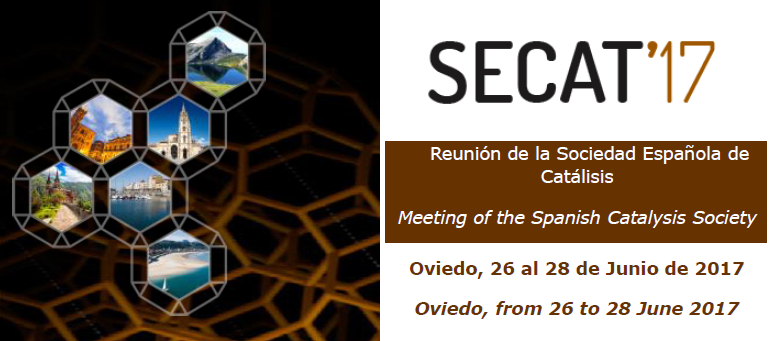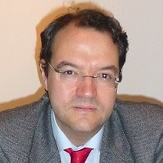Meeting of the Spanish Catalysis Society (SECAT’17)
A special issue of Molecules (ISSN 1420-3049). This special issue belongs to the section "Green Chemistry".
Deadline for manuscript submissions: closed (30 September 2017) | Viewed by 29673
Special Issue Editors
Interests: heterogeneous catalysis; chemical reactors; biomass; hydrodechlorination; oxidation
Special Issues, Collections and Topics in MDPI journals
Special Issue Information
Dear Colleagues,
In 1835, Berzelius defined “catalysis”, from the Greek words kata, meaning down, and lyein, meaning loosen, as “the property of exerting on other bodies an action which is very different from chemical affinity. By means of this action, they produce decomposition in bodies, and form new compounds into the composition of which they do not enter”, this discipline has accumulated an increasing amount of experimental data and applied processes, which is, nowadays, continuously increasing.
The advances in research and its applications in different industries is still growing as of this moment. Thus, the selected theme for the congress “Catalysis for a more sustainable world”, tries to bring together different aspects of catalytic processes, from the preparation and characterization of catalysts to the design and simulation of catalytic reactors, both conventional and unconventional. Special emphasis will be placed on the development of catalysts and catalytic reactors for the development of more sustainable chemical processes, as well as for solving environmental problems. It is also intended to extend the contents of this congress to other types of catalysis, such as homogeneous catalysis, photocatalysis, electrocatalysis, biocatalysis, etc.
This Special Issue of Molecules, on the same topic as the conference, welcomes the submission of previously unpublished manuscripts, from original work on all the above-mentioned aspects. We plan to receive submissions from 30 June, 2017 to 30 September, 2017.
For more details on SECAT’17, please visit: http://www.secat17.com/en/

Prof. Dr. Salvador Ordóñez
Prof. Dr. Eva Díaz
Guest Editors
Manuscript Submission Information
Manuscripts should be submitted online at www.mdpi.com by registering and logging in to this website. Once you are registered, click here to go to the submission form. Manuscripts can be submitted until the deadline. All submissions that pass pre-check are peer-reviewed. Accepted papers will be published continuously in the journal (as soon as accepted) and will be listed together on the special issue website. Research articles, review articles as well as short communications are invited. For planned papers, a title and short abstract (about 100 words) can be sent to the Editorial Office for announcement on this website.
Submitted manuscripts should not have been published previously, nor be under consideration for publication elsewhere (except conference proceedings papers). All manuscripts are thoroughly refereed through a single-blind peer-review process. A guide for authors and other relevant information for submission of manuscripts is available on the Instructions for Authors page. Molecules is an international peer-reviewed open access semimonthly journal published by MDPI.
Please visit the Instructions for Authors page before submitting a manuscript. The Article Processing Charge (APC) for publication in this open access journal is 2700 CHF (Swiss Francs). Submitted papers should be well formatted and use good English. Authors may use MDPI's English editing service prior to publication or during author revisions.







